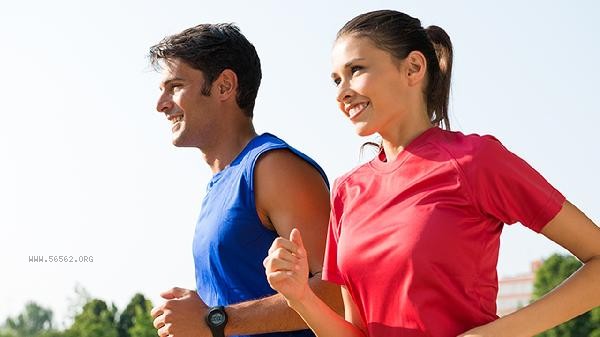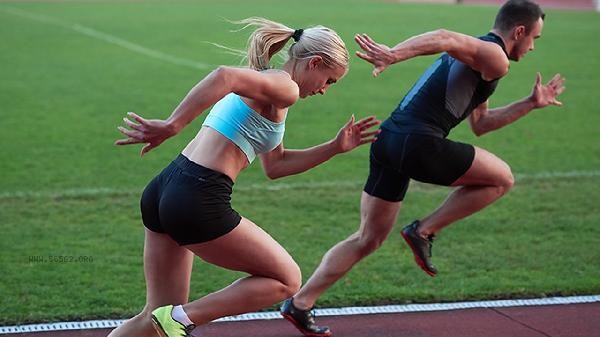Squatting horse steps usually cannot directly improve running speed, but can enhance lower limb strength and stability, indirectly helping to improve running performance. Running speed mainly depends on cardiovascular function, step frequency, stride length, and technical movements, while squatting horse steps belong to static strength training, with limited improvement in explosive power and dynamic coordination.

Squatting horse steps can enhance joint stability and fatigue resistance during running by strengthening core muscle groups such as quadriceps and gluteus maximus. Long term practice can reduce the deformation of movements caused by insufficient muscle strength during running, especially in the later stages of long-distance running where maintaining posture is easier. But the rapid stretching and compound ability required for short distance running needs to be improved through dynamic training such as squats, jumps, and high leg lifts.

In special circumstances, runners with patellar softening or restricted hip joint movement may experience increased joint pressure due to excessive practice of squatting steps. For this group of people, it is recommended to use improved movements such as squatting against the wall, combined with dynamic stretching and resistance band training, which are safer and more effective. Professional sprinters usually use horse step training as an auxiliary event, accounting for no more than 20% of strength training.

To significantly improve running speed, it is recommended to include squatting horse steps in a comprehensive training plan, 2-3 times a week, with 3 groups starting at 30 seconds each time. At the same time, it is necessary to strengthen specialized training such as interval running and slope sprinting, combined with ankle flexibility exercises. After running, dynamic horse steps such as walking lunges can be used instead of static holding, which is more in line with the running power mode. Pay attention to supplementing high-quality protein and B vitamins in diet to help with muscle repair and energy metabolism.






Comments (0)
Leave a Comment
No comments yet
Be the first to share your thoughts!